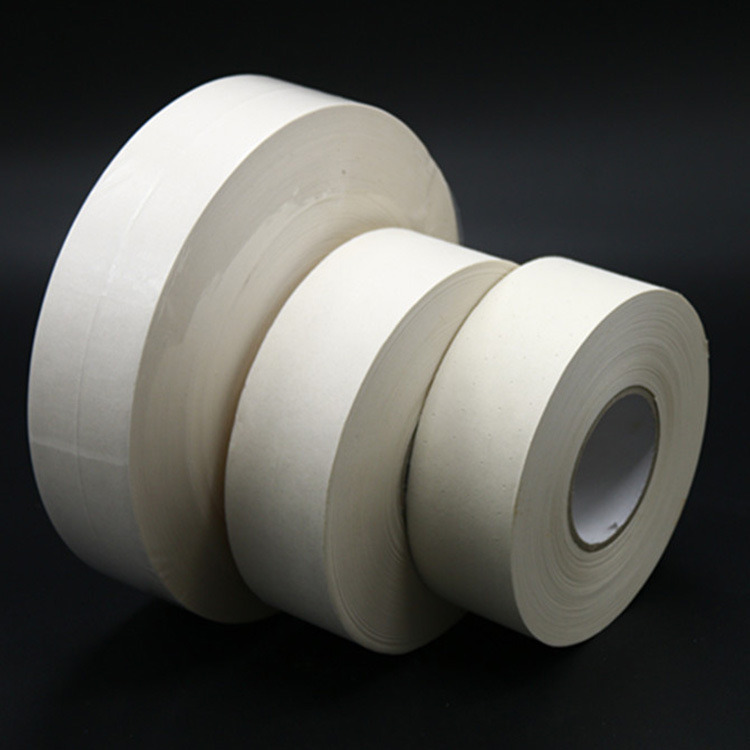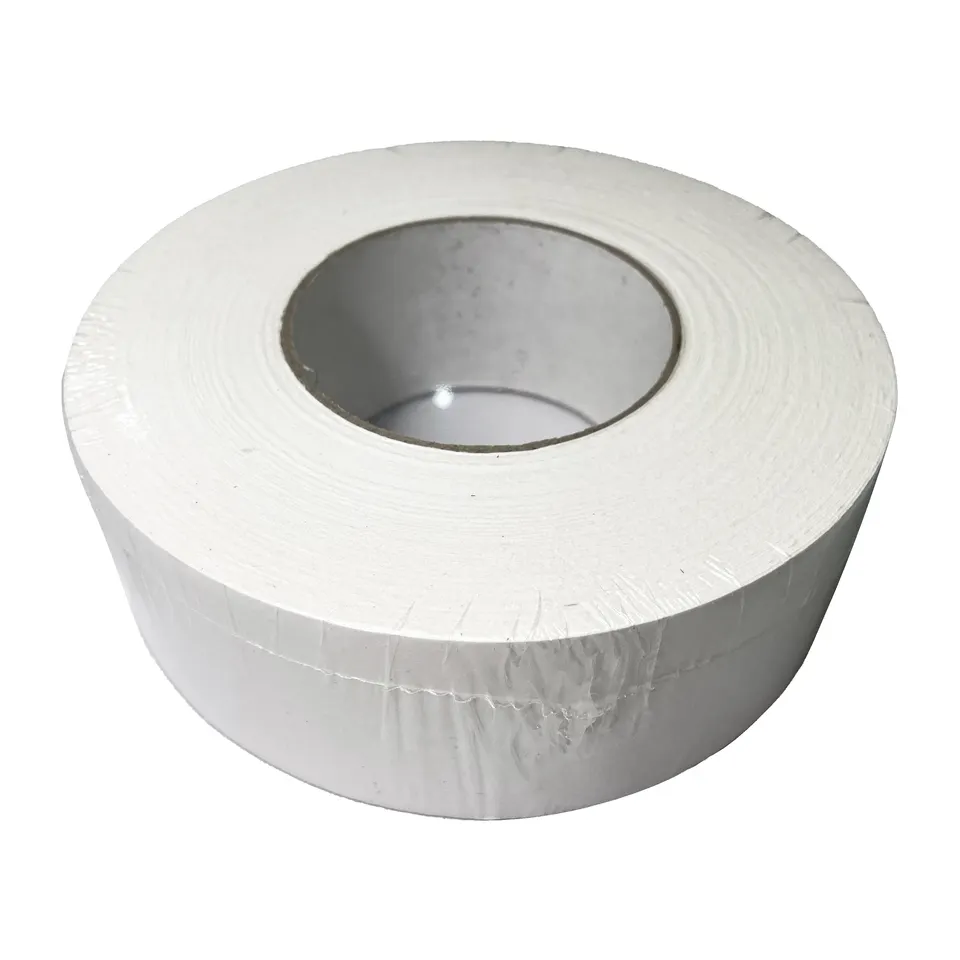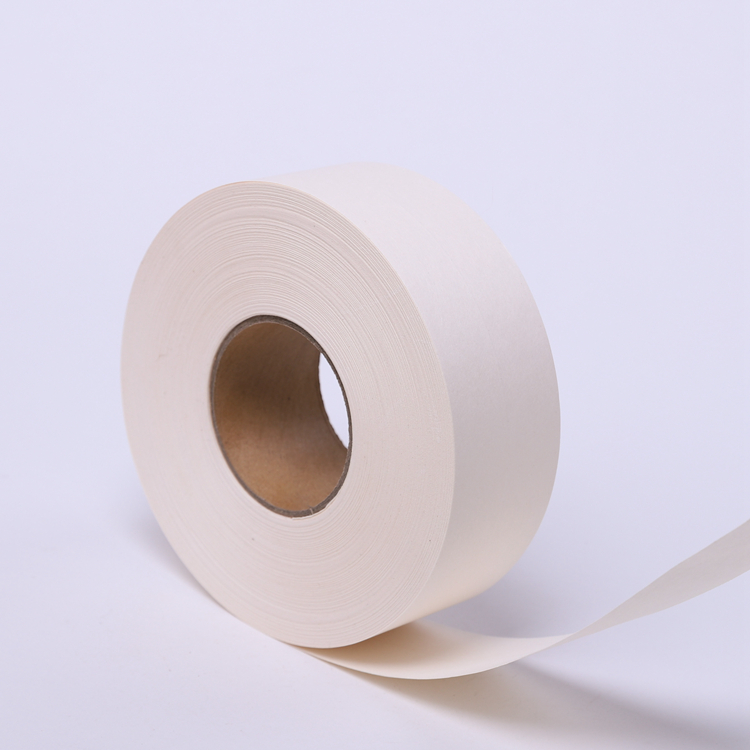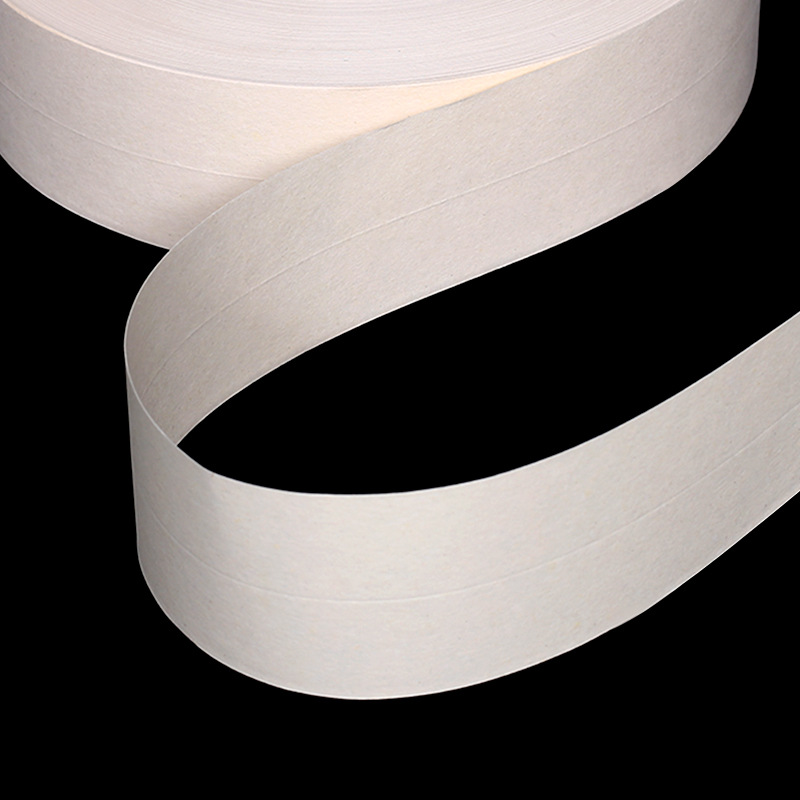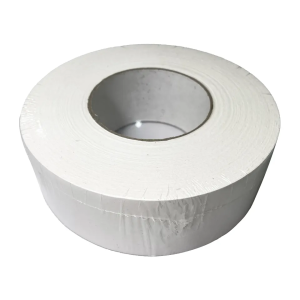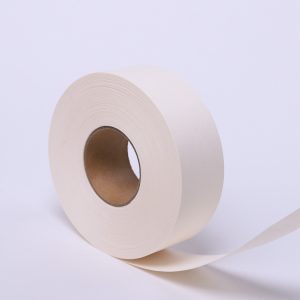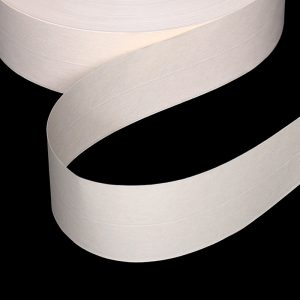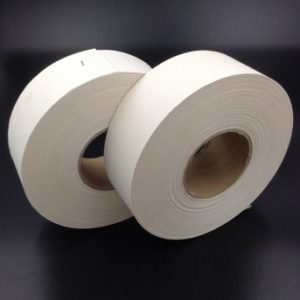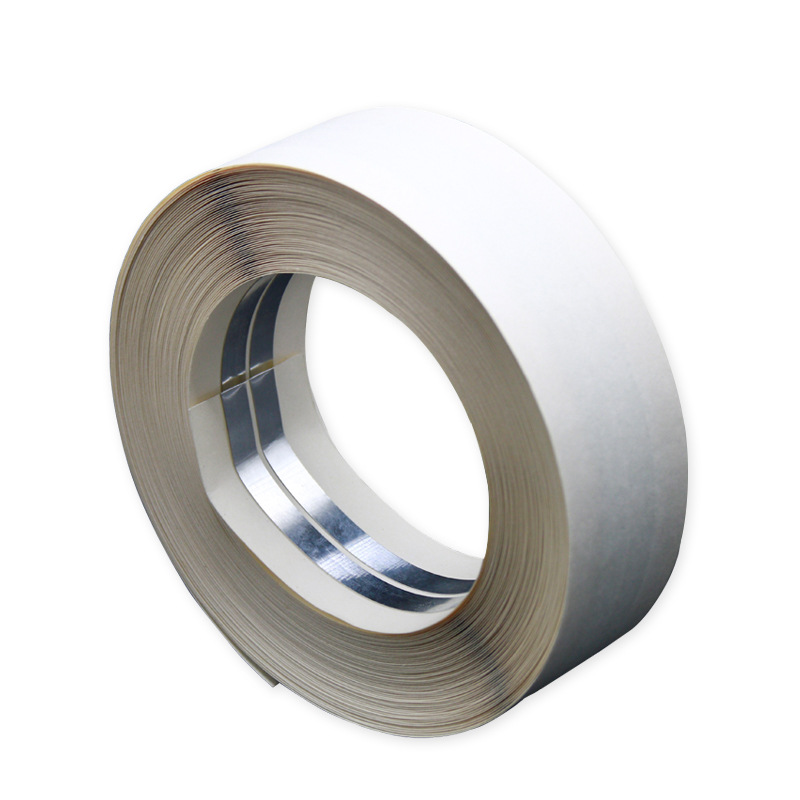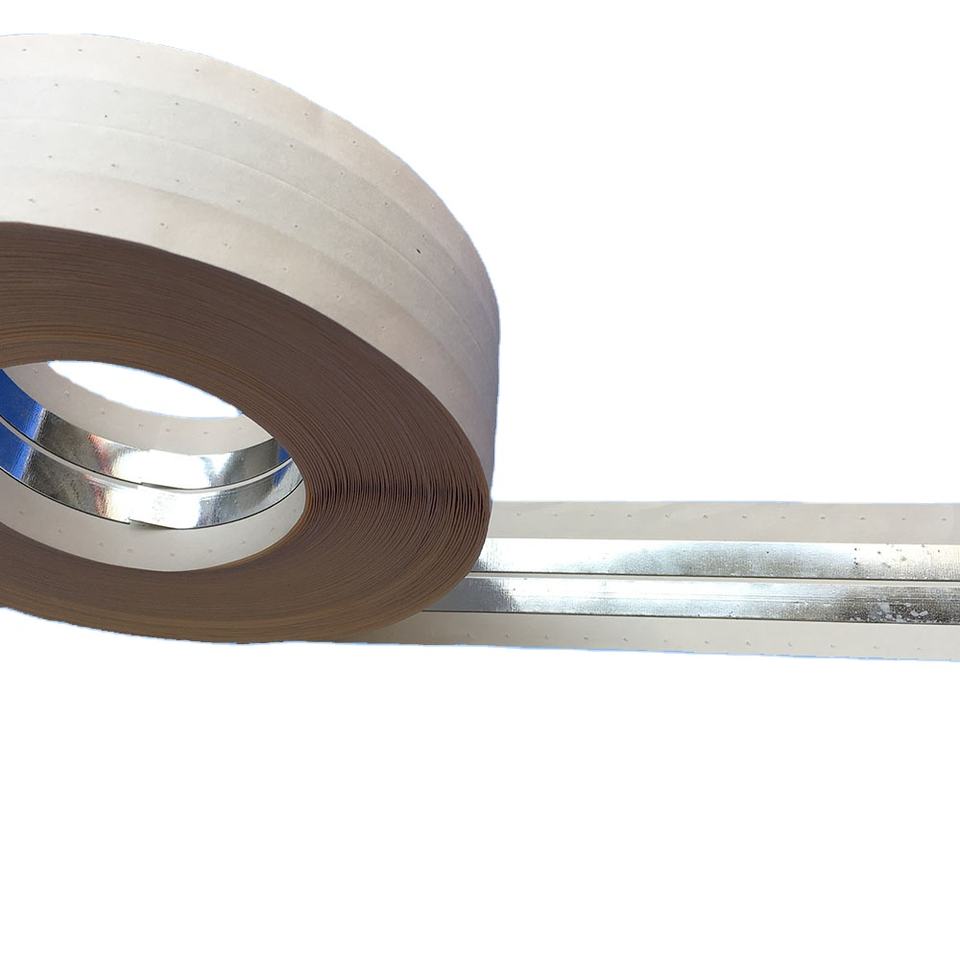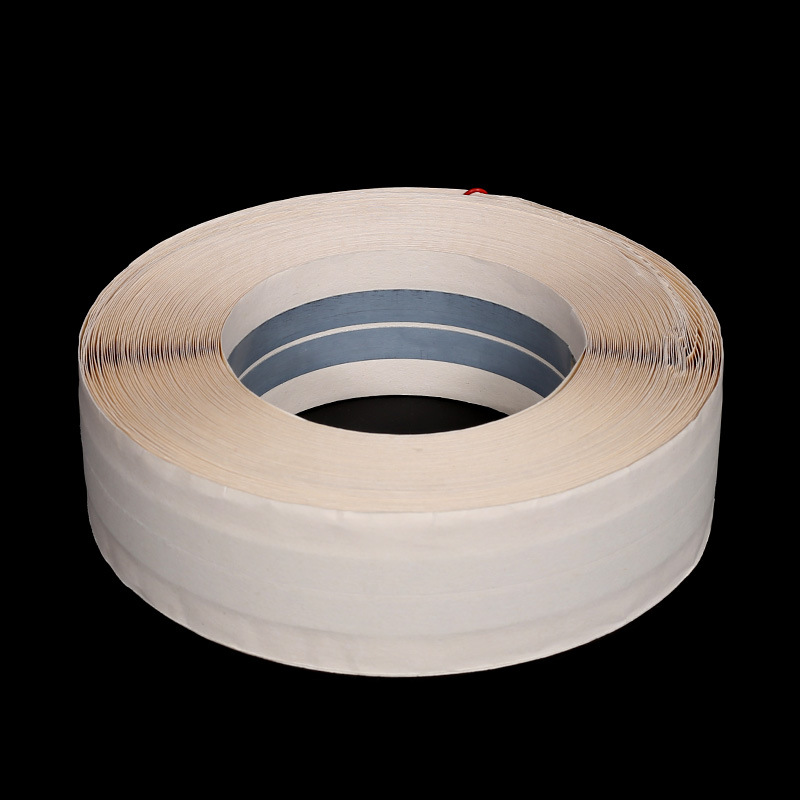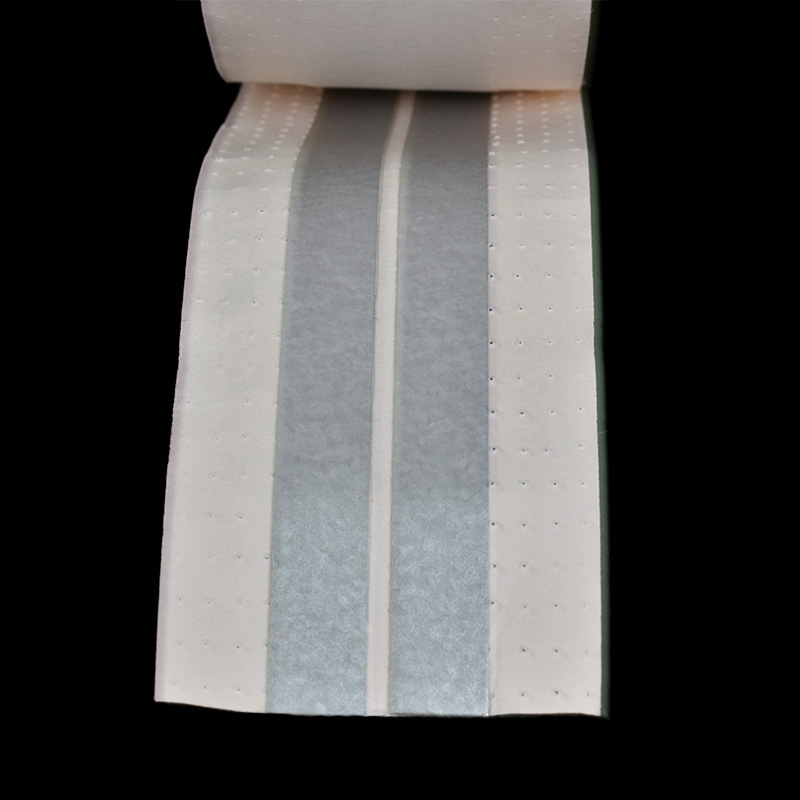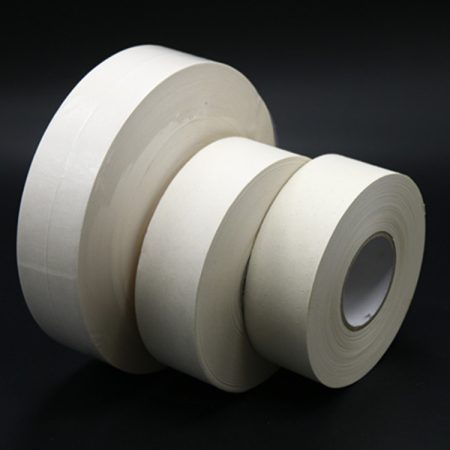The steps to use the paper perforated tape:
1.Preparation
Before starting, make sure the surface to be taped is clean and free of any dust or debris. Apply a coat of joint compound onto the joint, spreading it evenly and covering the entire area.
- Cutting
Measure the length of the joint to be taped and cut a piece of paper perforated drywall joint tape to the appropriate size.
- Application
Place the paper perforated drywall joint tape over the joint, pressing it lightly into the joint compound. Use a drywall knife to smooth out any bubbles or wrinkles.
- Finishing
Once the paper perforated drywall joint tape is in place, apply a second coat of joint compound over the tape, spreading it evenly and feathering it out to the surrounding area. Wait for the joint compound to dry completely.
- Sanding
Sand the joint compound smooth using fine-grit sandpaper, and wipe away any remaining dust with a clean cloth.
- Additional Coats
Depending on the size of the joint and the desired finish, additional coats of joint compound may be required. Repeat steps two through five as needed to achieve a smooth and even finish.
- Painting
Once the joint compound is dry and sanded, you are now ready to paint the surface as desired.



